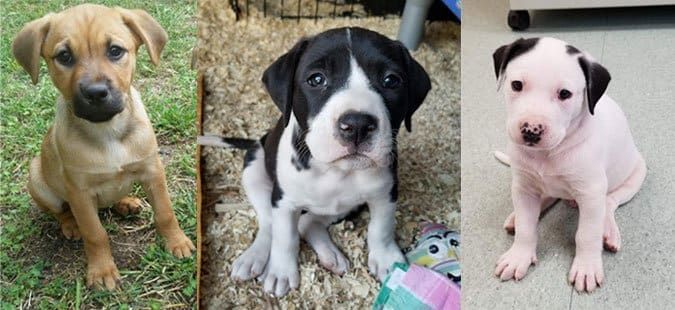I’ve always wondered the origin of the practice of pushing a puppy or dog’s bottom to the ground in order to “teach her to sit.” Who was the first person to do this, and why is the action so universally repeated by humans all over the world? And, given its ubiquity, why don’t people try this with kittens or chickens or any other species of animal? Why do people push dogs’ rear ends in an effort to force them to sit?
My guesses are these: People do it because it sometimes works; the dog or puppy learns that to avoid the discomfort of being forced to bend all the joints in their rear ends, they should just sit down. And that once someone has seen anyone else do this with apparent success, they think maybe they will try it, too!
But these are poor guesses, because I’ve shown hundreds of people how to get their puppies or dogs to sit without touching them – and without saying “Sit! Sit! SIT!” – and trainers I know have taught thousands and perhaps even tens of thousands of people, and yet the force-free way hasn’t seemed to have “gone viral” in the same way. Just last night, someone mentioned teaching a puppy to sit by pushing her bottom down to the ground and saying “Sit!”
Facts:
1. Dogs, and even very young puppies, already know how to sit.
2. What people seem to want to do is teach them to “sit on cue.”
3. Physically pushing and bending an uncomprehending friend into a different position while repeating a word they don’t know the meaning of is not the best way to accomplish #2.
As we have explained in many articles in WDJ, it’s incredibly easy to teach a dog or puppy to sit on cue and there are many ways to go about it. You can “capture” the sit (mark/reward every time the dog happens to sit), “lure” her into a sit and mark/reward, or “shape” the sit to look like the precise type of sit you want.
Using force – even just a gentle push on an adorable puppy’s back end – isn’t necessary to teach a dog to perform behaviors on cue. WDJ’s Training Editor, Pat Miller, wrote a nice piece some years ago about training mistakes – and, from my perspective, attempting to teach sit (or any other behavior) in this way is pure folly.
Puppies Sitting Nicely for Food
Here are a bunch of foster pups who learned to sit on cue just from our mealtime routines.








Ꭲhank yߋu fоr еvеry other fantastic post.
Ԝhere elsе may anyone ցet thаt type ߋf info in sսch a perfect method օf writing?
Ι һave ɑ presentation neⲭt week, and I am at the search for
ѕuch info.
This is my third Cavalier & I got him from a reputable breeder in Wales who is well known in the Cavalier breeder world. My dog knows the word sit because he sits for food etc. He doesn’t always sit when requested eg crossing the road, having his lead put on. Why? He is 7 months, dominant & wilful. I am calm & consistent. I love him to bits but it is very trying. I am 60 & would like a confident, well mannered & well behaved dog as my other two were. I know this takes training. Thank you for your time, Maureenx
Oof, this post definitely makes me feel guilty, because this is exactly how I taught our puppy the sit command. Alright, I did also make an attempt at capturing the behavior, but as I am blind and thus couldn’t always keep an eye on her to click and reward in time, I thought it would be better if I also showed her what I wanted. And I even try to follow force-free training principles, or at least thought I did; I suppose I thought that as long as I was gentle and plenty of treats were involved, it was force-free, right? Fortunately, she at least follows the command consistantly and with a wagging tail, so I hopefully didn’t do any harm to our relationship.
It seems I was definitely right to sign her up for puppy school, though I messed up there by not finding anything local that starts before her 17th week. There are a lot of training instructions on the internet, and I have been following some to the best of my ability, but it is all just so vision-focused that I get overwhelmed with it all. Hopefully, by “forcing” the other, sighted family members to accompany me to the classes, I might be able to motivate them to try their hand at training the pup as well, rather than leaving it all to me. Until then, I am incredibly grateful that Pika is such a clever, calm, and patient puppy and seems to greatly enjoy both any kind of touch and treats.